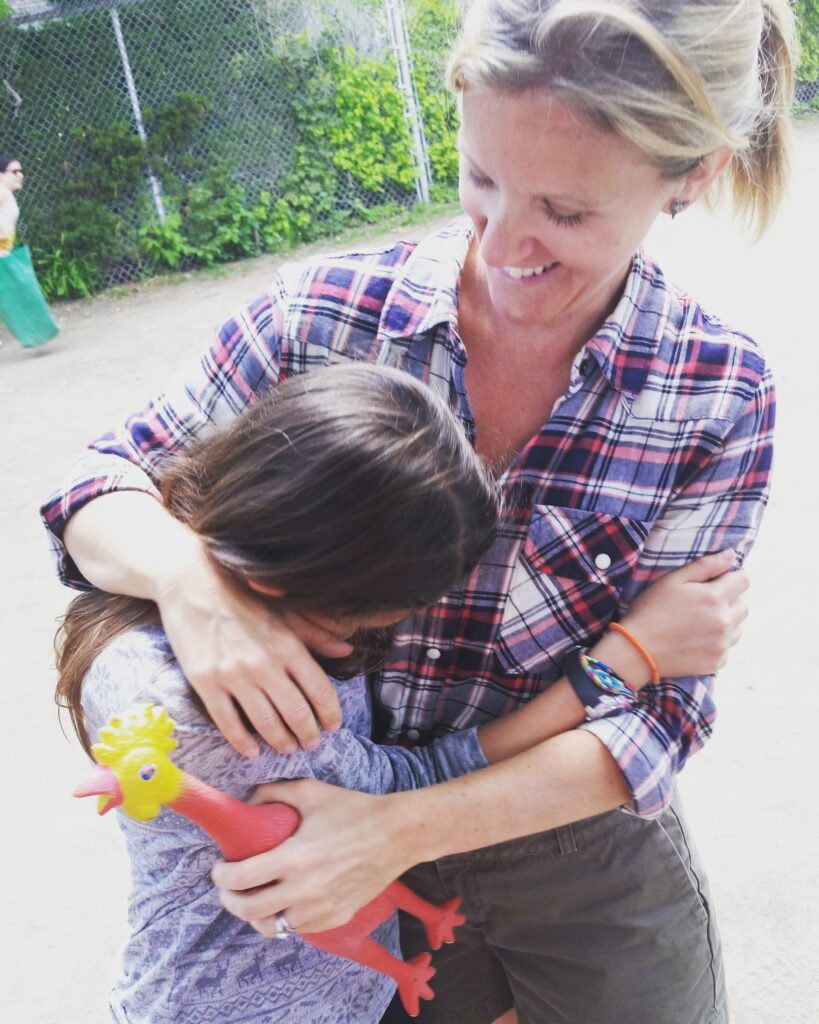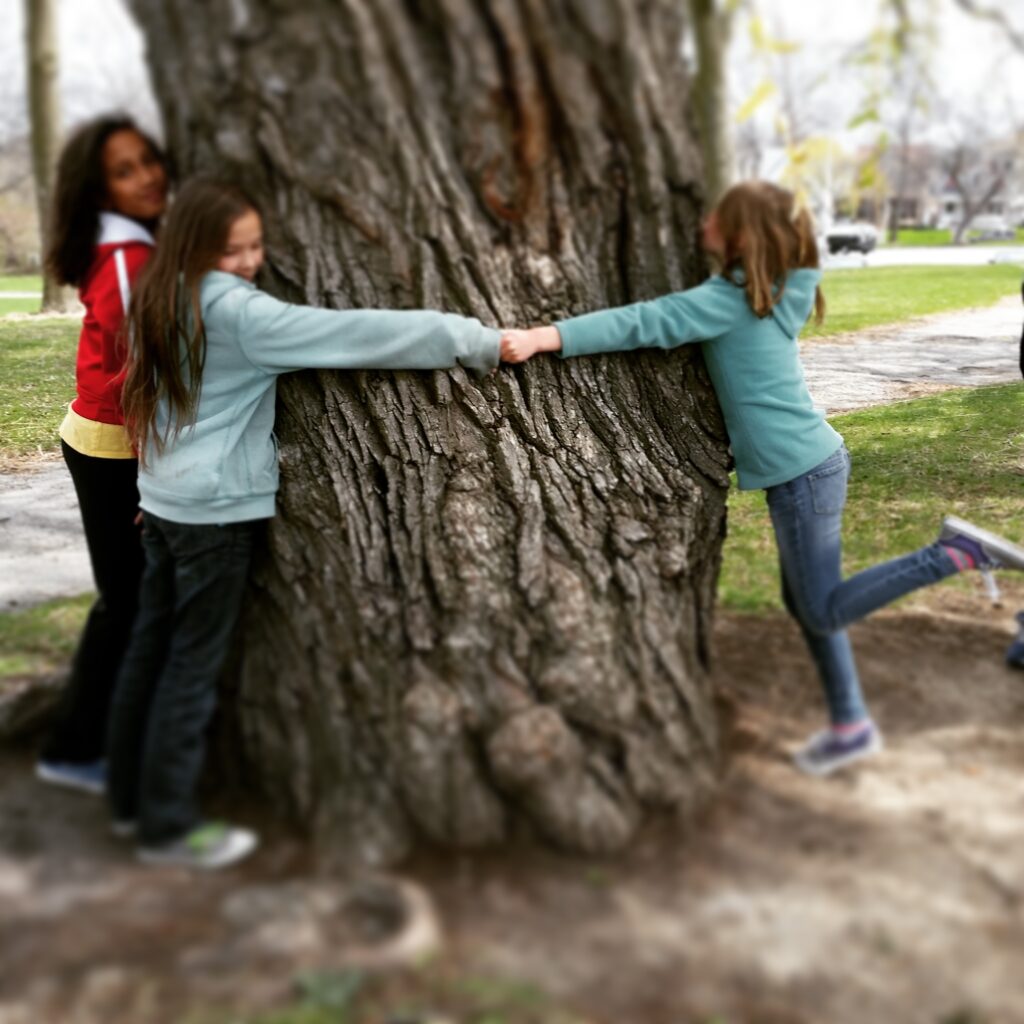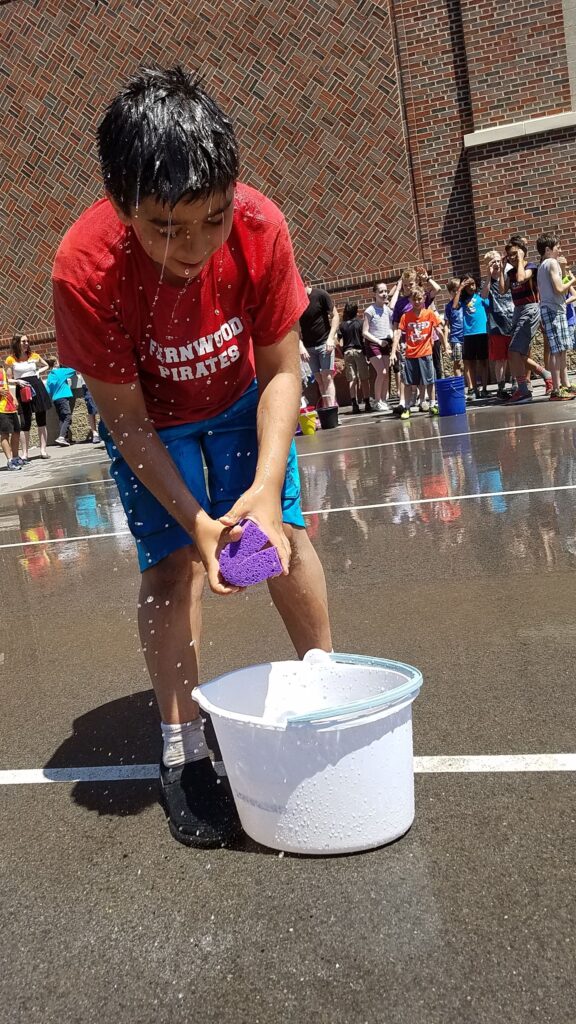Strategies for outstanding
Parent-Teacher Communication
Communication Strategies
Parent involvement is one of the most important influences on student learning. This makes parent-teacher communication the key to promoting parent involvement and support. This begs the questions, of course, what is too much communication and what is too little?
Over the years, I’ve observed friends who I found to be highly effective parents. I noticed they always errored on the side of caution when communicating concerns or suggestions with their children. A teacher friend who I worked with long ago would take time on her breaks to check in with her kids.
I’d hear her say things like, “I’m a little concerned because I love you so much. But I trust you and I know you will do what’s right for you.” Or, “I don’t mean to be pain but mothers worry.” She would end every conversation with, “I love you” or “Good luck.” My friends who were less involved or seemingly more hands off tended to be the ones dealing with the biggest challenges. Or sometimes, they didn’t even really know what their kids were up to.
For this reason, as a teacher, I’ve always errored on the side of ‘too much communication’ with parents as opposed to too little. And you know what? Overall, it seemed the parents of my students were more satisfied with the level of my communication than some of my colleagues who either couldn’t or didn’t make extra time to communicate.
Parent Education and the Montessori Method
The Montessori Method is a unique educational approach nurturing a child’s intrinsic desire to learn. Montessori focuses on the whole child—their cognitive, social, emotional, and physical development.
Montessori children are taught similar content to their traditionally educated counterparts. However, the classroom environments and philosophical approaches look very different from one another.
Parents should know what is meant by the Montessori method, what makes a Montessori school unique and how it meets the social and intellectual needs differently at each stage of development. Because what we offer is often times very different from what you (or I) experienced during our school years, we as Montessori educators must communicate to parents the best ways to support their child’s Montessori experience.
This places an even greater need to develop positive and effectual relationships between you and your students’ caregivers. When parents have a deeper understanding of the Montessori materials and philosophy, they are better able to support their child’s growth and development.
Benefits of Parent-Teacher Communication
Parent-teacher communication includes any and all contact between both parties. It can take place in person or teachers might also reach out to parents by phone or by email. Through regular communication with parents, teachers can share information about a student’s hard work and their contributions to their classroom community.
If a student begins to struggle with a certain skill or starts exhibiting behavioral challenges, it’s critical to inform and involve parents in a timely way. This cooperative relationship empowers parents to step in and support the student at home, supplementing what you are working on at school.
When conversations are flowing, students will see that teachers and parents have their best interests at heart. Effective communication helps establish a relationship of respect between teachers, parents, and students.
When parents communicate with teachers to discover their children’s needs, students see that their family is looking out for them and wants them to be successful.
Effective parent-teacher communication can also benefit parents. Since parents are not always directly involved in the classroom, regular conversations with teachers can help them understand which areas their children are doing well in.

And also which ones they’re struggling with. It can also help them feel valued and more confident in engaging in the learning process.
Teachers also benefit from parent-teacher communication. Cultivating relationships with parents will gain added cooperation at home, as parents are more likely to work with and reach out to you if they trust you. When parents help their children with skills and behavior at home, this will allow teachers more classroom time to focus on lessons and instruction.
Eight Communication Strategies
Parent-teacher communication can look differently among teachers and parents. Some relationships may be more difficult to establish than others, but there are a number of communication strategies that can help teachers and parents increase engagement in various situations.
Discovering the best methods of communication and formulating communication plans early in the year is important. And so is maintaining consistent communication throughout the year. We all lead very busy lives and sometimes making time for communicating with families is a struggle. Here is a list of eight ways to communicate with families and caregivers. Some of these strategies require only a few minutes of your time!
1. Regular in-person communication
This type of communication works great for parents who typically drop off and pick up their children from school. However, in-person communication continues to be limited due to COVID-19.
2. Parent-teacher conferences
In addition to our fall and spring scheduled conferences, parents and teachers can schedule meetings to discuss a student’s work and future goals.
.
3. Phone calls and emails
Parents with busy work or personal schedules may not have the opportunity to go to school or schedule conferences. These parents may be easier to reach on the phone or via email.
Teachers can also use phone calls and emails to regularly communicate with parents between conferences. I would pick a random child each week to send home a positive email or note to. I’d try to pick a parent I hadn’t spoken to in a while.

4. Text messages
Some teachers use mass text messages or special messaging apps to communicate with parents. A few text services cater specifically to teachers, such as Remind. I’d always be careful as to who I was sharing my personal phone number with. And if I would, I’d try to set very firm boundaries with them (ie. stop checking texts after 6pm). Some teachers choose never to share their personal number at all.
5. Open Houses
During ‘normal’ school years, our district holds both a fall and spring Open House inviting parents to children’s’ classrooms. Current events might force these events to be held outdoors or virtually. However, this is still another way for teachers to share a positive message with families. Sometimes during these events, parents might approach you with specific questions or concerns about their child. This is not the venue for a parent-teacher conference. Open Houses should be light and fun! But it does give you the opportunity to schedule a follow up conversation.
6. Parent-Teacher Association (PTA)
Parents and teachers can establish ongoing relationships through PTA meetings in which they help make decisions for the school. From time to time, drop into a PTA meeting. Say high to the community and share with them your light and kindness.
7. Classroom flyers or newsletters
Teachers can create handouts for students to take home with them. These might contain information about upcoming events or other tasks. Teachers can also write weekly or monthly family newsletters. This type of communication will let parents know what is going on in the classroom and how they can participate or volunteer.
8. Class Blogs, Social Media or Websites
Teachers can create blogs, social media pages or websites for their classrooms. They can post announcements, homework, and reminders. Virtual school has forced us all to depend more on technology. This can be used to our advantage when communicating with families.
Do What’s Right for the Child
Try to remember that every child is the star at the center of someone’s universe. They should be treated like the treasure they are to this world by everyone playing an active role within their lives.
Only contacting a parent when things are going wrongly can discourage them from wanting to reciprocate with you and might lead them to question your influence on their child. From time to time, contact a parent and share only encouraging feedback about their child. This might be the first time in their parenting lives where someone has reached out to do this!
That same teacher friend mentioned at the beginning of this article gave me this great suggestion my first year teaching: “If you need to communicate something difficult to parents, try to sandwich it between two positive statements about that child or circle back.” I have come to call this ‘book ending.’
Is the glass half empty or half full? The answer depends on the person who is looking.
Do you have thoughts on Communication Strategies within a Montessori program? Do you have a suggestion for another blog topic? Please send me an email with your ideas or experiences at grumble.services@gmail.com.
If you find this article helpful, please share it. Or better yet, please join us if you have yet to do so. Subscribe below and receive articles like this one in your email box weekly. Thank you!
Read More: RELATIONSHIPS:
Relationships between humans can be quite tricky!
All Rights Reserved • © 2021 Grumble Services LLC • grumbleservices.com

References and Read More:
Parent-Teacher Communication: Strategies for Effective Parent Inclusion & Engagement
Montessori Elementary School Learning
by Maria Montessori International Academy



